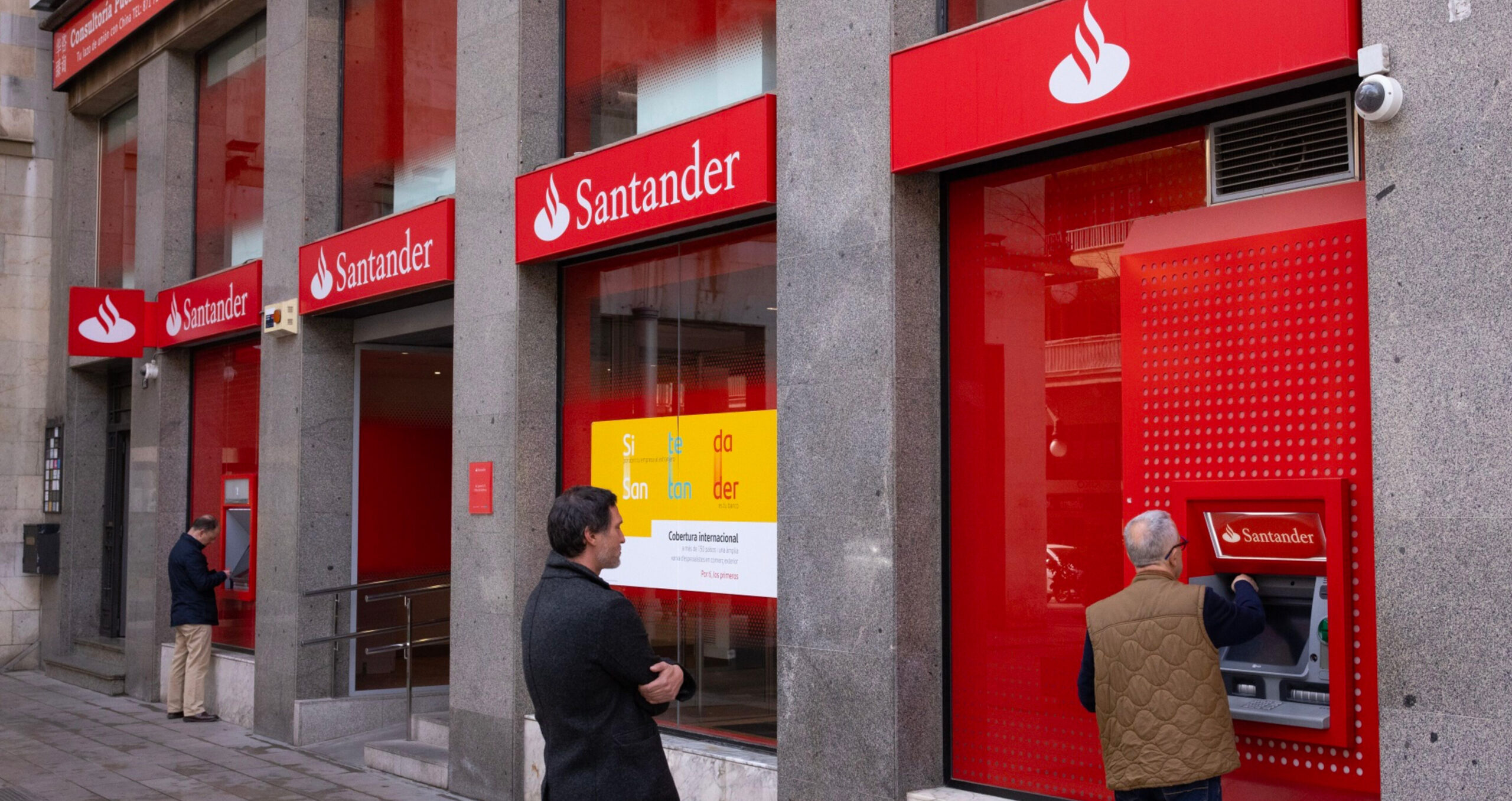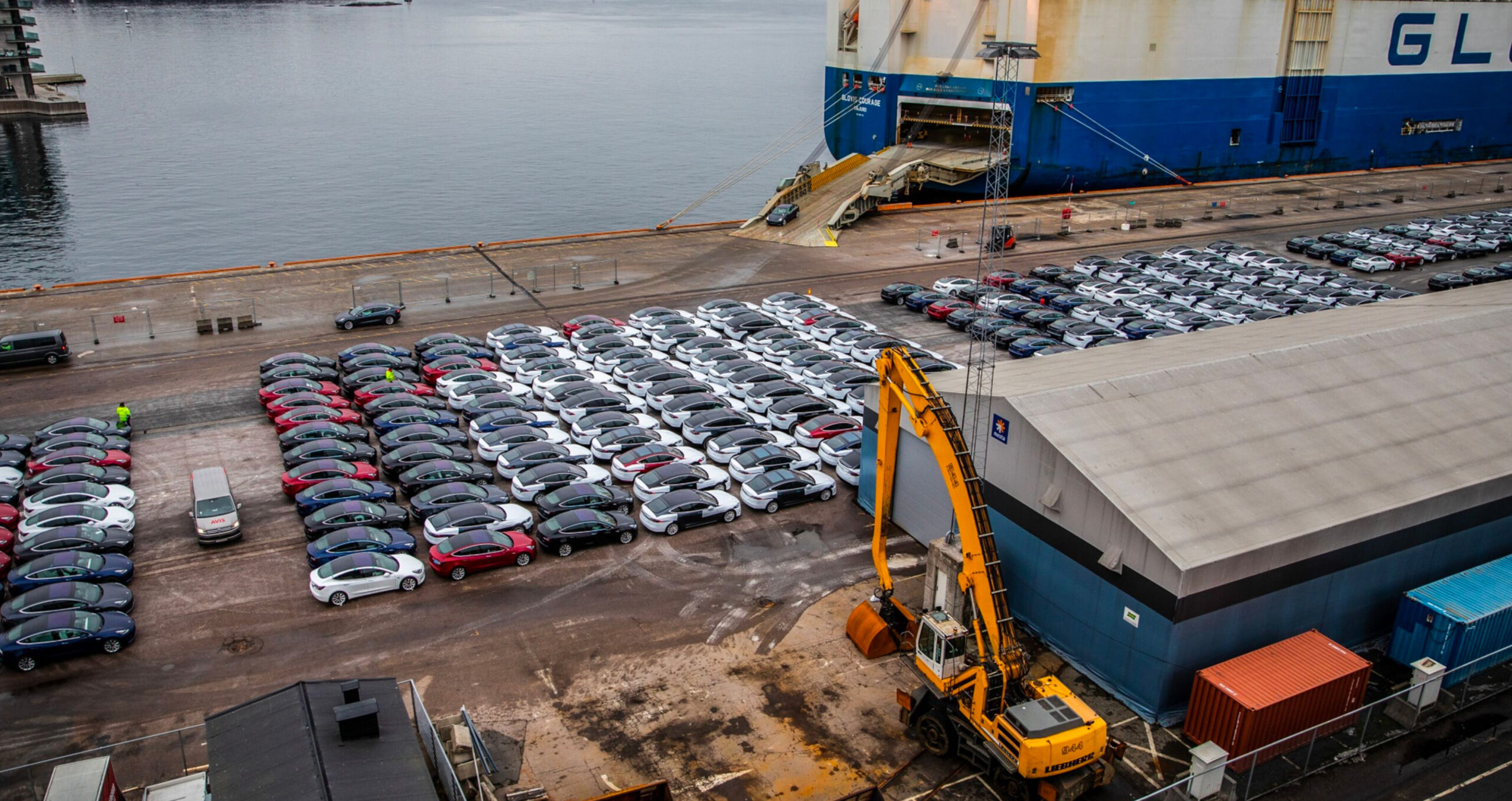

Tech giants, as some of the biggest corporate buyers of renewables, are driving costs down – but some remain sceptical about their wider commitment to green Having pioneered corporate power-purchase agreements (CPPAs) for wind and solar throughout the 2010s, tech giants have come to dominate the energy of tomorrow, mirroring...
To continue reading
Request Free Trial- Unlimited access to all content
- Email alerts highliting key industry insight.
- Invitations to attend exlusive roundtables and events.
- The Sustainable Views Policy Tracker - deep insight on ESG regulations and deadlines
Already a subscriber?Log in
Similar Articles

March 25, 2024
Banks under pressure to reveal data comparing green and fossil fuel spending
Criticism sparks agreement by JPMorgan and Citigroup to develop a ratio to show whether a bank’s fossil fuel financing is outstripping the amount it is investing in clean energy
read more
March 19, 2024
With better planning and investment, EV uptake could offer storage and grid flexibility
As sales of electric vehicle rise, policymakers should be looking at how to maximise the benefits – and provide an ‘efficient transportation ecosystem’, according to a new report
read more
A service from the Financial Times

